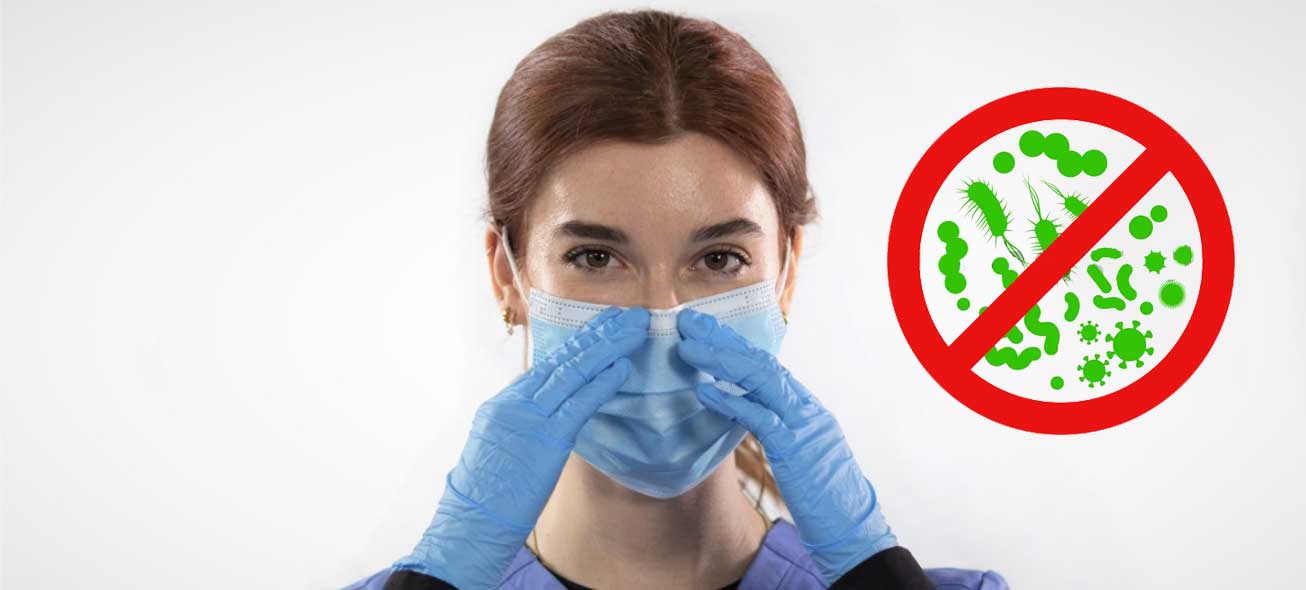Tuesday, September 28, 2021

As the world faced a devastating pandemic, the general public learned about and frequently used Personal Protective Equipment (PPE). For some, this was a new experience, but for many professionals in a wide variety of industries, these products are essential for day-to-day operations and safety. The idea of Infection Control (IC) and Infection Prevention (IP) overnight became important for businesses that may have never thought of these products before.
For those who don’t know, IP and IC are products, technologies, methods, and procedures to avoid infections. There are four main categories: supplies services, equipment, and techniques. So basically, how humans prevent infections and transmission of disease. These products have an over $200 billion yearly market share. This article will provide an overview of what causes these infections and how you can prevent them.
Infections are caused by infectious “agents,” AKA germs: Bacteria, Viruses, Fungi, and Parasites. These infections account for 50,000-100,000 deaths every year from Healthcare-Associated Infections (HAIs). They’re also called pathogenic agents and account for the majority of diseases people contract. Here’s a quick recap of what each one of these pathogens is.
Bacteria:
Bacteria are single-cell organisms too small to see without a microscope. Despite their diminutive size, some can be deadly. They are the most common living organism on Earth both in terms of mass and raw numbers. Antibiotics are compounds designed to kill bacteria and include penicillin, doxycycline, and azithromycin.
Viruses:
Viruses inhabit the planet in jaw-dropping numbers, although technically, they are not alive. They must infect other living organisms like animals, plants, bacteria, or fungi to turn them into a vector. Some viruses are highly resilient and can withstand freezing or boiling and are so small they cant be seen with a light microscope. Vaccines are designed to combat viruses, even though it can seem like a never-ending arms race. In the 20th century alone, viruses killed 300,000,000 million people.
Examples of Viruses
Fungi
Fungi include mushrooms and yeast. Fungi use spores for locomotion, and these spores can survive boiling, freezing, and thousands of years if dried. Anyone who has tried mushroom risotto can attest to how delicious fungi can be. However, some fungi are pathogenic and can cause candida, ringworm, among other infections. Certain drugs can kill fungi.
Parasites
Parasites are eukaryotic cells designed to infect other organisms. They include protozoa (single-cell organisms): ameba, Giardia, Leishmania, Cryptosporidium, Plasmodium falciparum. Larger parasites like lice, fleas, mites, and ticks are also classified as parasites.
Examples of Infection Control Products
To summarize, there are many types of infections we need to be aware of. Unfortunately, if they are ignored, it can result in deadly outcomes. It’s impossible to eliminate the threat of infection, but it will always be more advantageous and cost-effective to strive to prevent infections. BMC Protect strives to provide effective products to help keep your employees and customers safe. These products, like our gloves, are the best quality we can source, and we also strive to be a resource for knowledge of how best to use these products.
>> How to Choose the Best Disposable Gloves